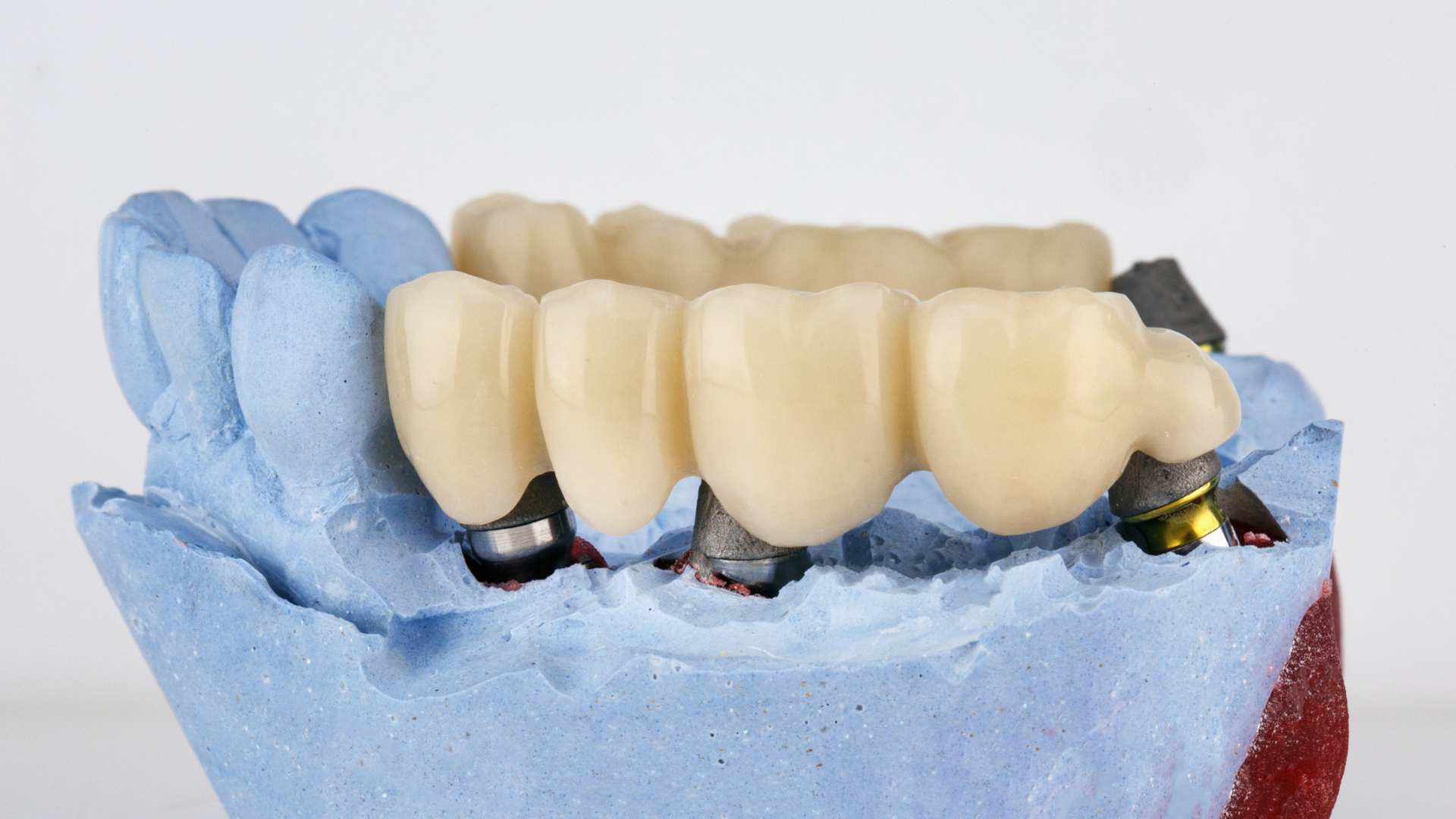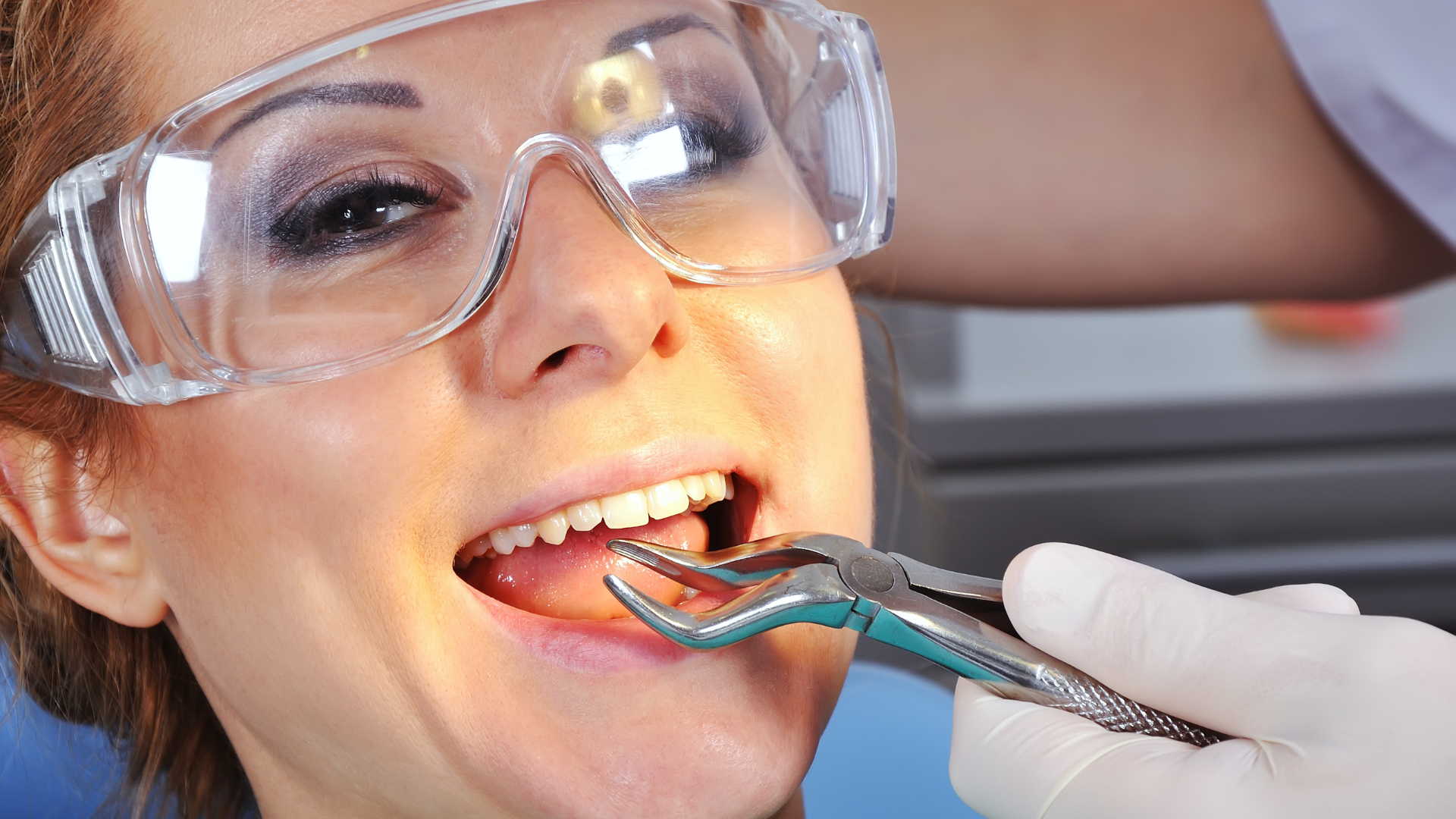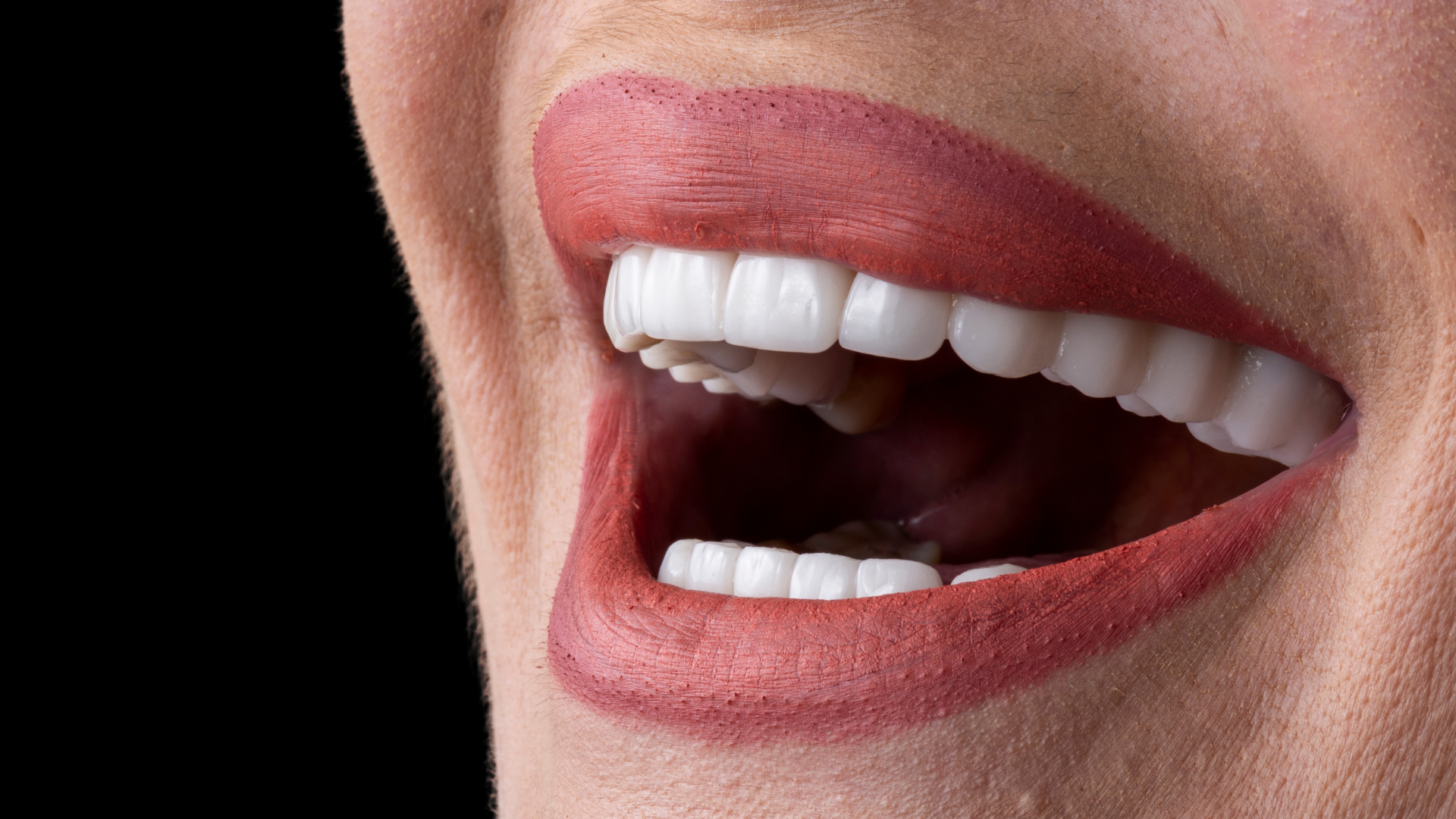Post-Op Instructions
Dentures
The following suggestions are provided to assist you in learning to use and properly care for your new dentures. If you have had teeth removed along with the placement of new dentures, you may also refer to Post-Operative Instructions for Extractions.
Breaking-In Period:
Most new dentures require a breaking-in period before becoming comfortable. This duration varies with each individual, depending on their ability, determination, and perseverance to adapt. Initially, you must learn to keep them in place and gradually adjust to using them.
What to Expect:
Feeling awkward initially with your new dentures is normal. Your appearance may have changed slightly, your speech may seem different, and your mouth may feel full. Over time, patience, and practice, these issues will likely diminish as facial muscles relax and adjustments are made.
Looseness:
If you've had teeth removed just before denture placement, it may feel loose due to gum shrinkage during healing. Temporary liners or denture adhesives can help maintain fit during healing. Once healed, a permanent liner will be placed, and normal biting and swallowing can aid in seating the dentures.
Sore Spots:
Soreness from uneven pressure on gums may occur, especially if you're new to wearing dentures. Wearing them for a few hours before an adjustment appointment can help pinpoint and correct sore spots.
Eating:
Begin with soft or easy-to-chew foods, taking small bites and chewing slowly. Distribute food evenly and chew on back teeth. Adjust techniques for foods requiring front teeth use. Avoid chewing gum or sticky foods initially.
Speaking:
Speaking with dentures requires practice. Reading aloud can help with enunciation. Avoid lip and tongue movements that displace or click dentures. Practice and repetition can improve speech confidence.
Mouth and Denture Hygiene:
Clean dentures after each meal with a soft brush and cleaning paste or soapy water. Remove dentures for at least 6 hours daily to rest gums, cleaning them and storing in water to prevent drying. Use enzymatic or special cleaning solutions weekly. Brush mouth tissues daily to reduce inflammation.
If dentures were placed over new extraction sites, wear them at night for the first 3 days to aid clotting. Resume regular care afterward.
Have dentures checked annually for changes in mouth structure and tooth wear. Proper maintenance slows changes in dentures and mouth tissues.
Fillings
Refrain from eating for at least 2 hours or until the anesthesia has worn off.
Sensitivity:
Sensitivity, especially to cold, is common for a time following treatment. For the first few days, avoid extremely hot or cold foods and beverages. It is normal to have discomfort in the gums around the tooth after the anesthesia wears off.
If your gums are tender, rinse with warm salt water, dissolving 1/2 teaspoon of salt in an 8 oz. glass of warm water. An analgesic such as Tylenol or Advil will help decrease discomfort.
The New Filling:
After the placement of your new restoration, it may take a few days to get used to it. If your bite feels unbalanced, please be sure to call our office for an appointment for a simple adjustment.
Home Care:
Although the treatment that was performed is quite durable, the underlying tooth is still vulnerable to decay, especially at the interface between the tooth and filling. It is important to resume regular brushing and flossing immediately. Daily home care and regulating your intake of sugar-containing foods will increase the longevity of your new restoration.
Gum Surgery
Refrain from eating for at least 2 hours or until the anesthesia has worn off.
Diet:
Do not eat for about 3 hours following the surgery. Then, a soft or liquid diet, including warm soup or instant breakfast, is advised for the next 2-3 days. Avoid alcohol, carbonated drinks, and hard, brittle foods such as tortilla chips, which can injure the surgical site. Drinking plenty of fluids and eating a well-balanced diet are important to your recovery.
Medications:
Moderate discomfort may begin as the anesthesia wears off. A non-aspirin analgesic may be recommended to relieve any tenderness or discomfort and may be taken within the first hour after surgery. It is important to take the prescribed antibiotic as it will aid in the healing process. If you have a reaction to a medication such as nausea or a skin rash, stop taking it immediately and call our office.
Bleeding Control:
Slight bleeding or oozing after the surgery is normal and may occur at intervals for the first 24-48 hours. Forceful rinsing or excessive spitting can disrupt clotting, so do not rinse for at least 4 hours.
If bleeding persists:
- Apply a moistened gauze pad or tea bag with moderate pressure to the bleeding site for 20 minutes. Repeat if necessary.
- Stay calm and quiet; lie down with the head elevated on 2-3 pillows.
- If the bleeding persists, do not hesitate to call our office.
Swelling:
Slight swelling is a common response in the healing process. To minimize excessive swelling, place an ice bag or a cold, moist compress over the involved site for 10-20 minute intervals. Repeat this several times as needed over the next 48 hours. If the swelling increases or discomfort develops, call our office.
Oral Hygiene:
It is extremely important to keep your teeth and gums clean following surgery. Not only will this help to achieve a better result, but the tissues will heal faster. Brush your teeth very lightly the first night. Then begin flossing the next day, allowing the floss to very gently touch the gums of the surgical area. Do not force the floss vigorously between the tooth and the gums as this will prevent the new attachment from developing normally. Also, refrain from using any irrigation devices such as the Water Pik. After brushing and flossing, apply chlorhexidine gluconate (Peridex), if prescribed, with a cotton swab first by dabbing the area lightly, and then gently swishing a capful in the mouth for 30 seconds. Avoid using any strong mouthwashes that contain alcohol. Chloraseptic and Cepastat may be used.
No Smoking:
Do not smoke for at least 48 hours. Smoking can seriously delay the healing process.
If you have any questions or problems, please call our office.
Root Canals
Refrain from eating for at least 2 hours or until the anesthesia has worn off to prevent possible injury to your lips and cheeks. This time interval will also allow the temporary filling to set to a reasonable hardness. Expect your tooth to be sore with chewing and biting pressure, so avoid very hard or chewy foods. This discomfort should gradually decrease within 7-10 days after treatment.
Be sure to take any antibiotic medication prescribed for you, as it will aid in the area's healing. An analgesic may also be recommended for your comfort and can be taken as directed.
If you experience any of the following signs or symptoms, please call our office, as these complications do not occur routinely:
- A reaction to the prescribed medication
- Increasing tenderness or swelling in the area surrounding the tooth
- Dislodgement of the temporary filling from the tooth
- Fracture of the tooth
A crown or other final restoration should be placed within a short time interval after root canal therapy is completed unless advised otherwise by us.
Scaling & Root Planing
Scaling and root planing therapy involves removing bacterial plaque and tartar from the root surface below the gumline using instruments and ultrasonics. It may also require removing diseased tissue within the pocket with a laser. The goal is to allow reattachment of the gums to the clean root surface and shrink the periodontal pockets to levels maintainable by daily flossing and brushing. Here are guidelines to maximize healing and minimize discomfort:
Refrain from eating for at least 2 hours or until the anesthesia wears off.
Things to Avoid for the first 24 hours:
- Vigorous physical exercise (you may return to work)
- Drinking through a straw or sucking motions
- Smoking (better to refrain for 48 hours)
- Alcoholic beverages
- Foods extreme in temperature or spicy
- Strong mouthwashes containing alcohol
Things to Do:
- Take a non-aspirin analgesic like ibuprofen (Advil) or acetaminophen (Tylenol) for tenderness or discomfort.
- Eat a well-balanced soft diet for today, chewing on the opposite side until comfortable.
- Rinse with warm salt water (a teaspoon in an 8 oz. glass of water) 3 times a day.
- Brush lightly in the treated area the first night and gradually increase pressure.
- Begin flossing lightly the next day, increasing to normal force by the week's end.
- After flossing and brushing, rinse with chlorhexidine gluconate (Peridex) if prescribed, for at least 60 seconds, twice daily. Chloraseptic and Cepastat are recommended mouthwashes.
After several days, gums should appear pinker, less swollen, and bleed less when flossing, indicating healing and improved periodontal health. For any questions or problems, please call our office.




